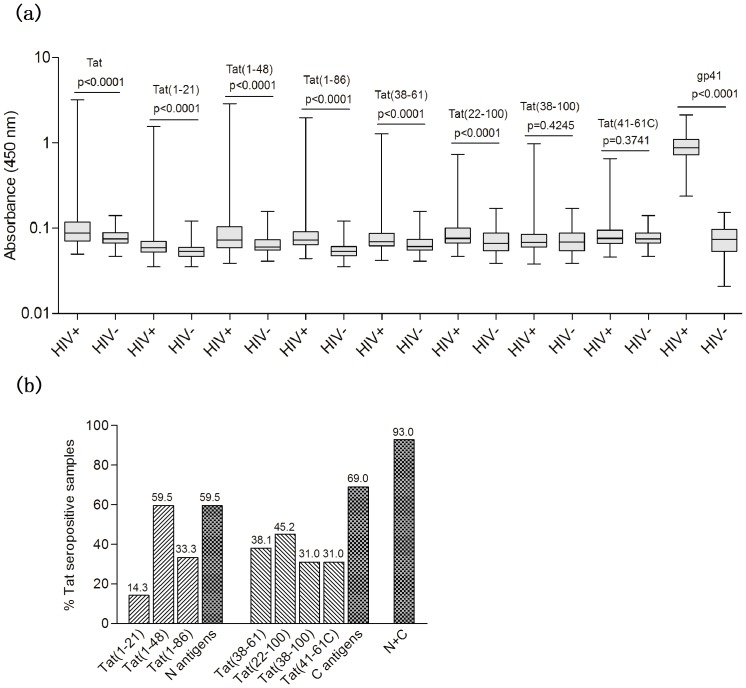Figure 2. Characterization of antibody responses to full-length Tat and seven Tat peptides.
(a) A comparison of the antibody reactivity against Tat of the seven analytic Tat peptides and gp41 in Chinese individual infected with HIV-1. Recombinant subtype B full-length Tat protein and six Tat peptides were used in the assays. The gp41 commercial kit used a pool of peptides representing the immunodominant epitopes in the ectodomain of gp41. The boxes represent the interquartile range, the line inside each box represents the median of the samples and the whiskers represent the range of the data. Statistical significance was tested using Wilcoxon non-parametric test. (b) Characterization of antibody responses to various antigens. The positive rate of antibody response was plotted on the y-axis with the seven antigens on the x-axis. The positive rate corresponding to the N antigens represented the total positive rate of antibody responses detected by Tat(1–21), Tat(1–48) and Tat(1–86) in the 42 anti-Tat-seropositive samples (details were showed in Fig. 3a). The positive rate corresponding to the C antigens represented the total positive rate of antibody responses detected by Tat(38–61), Tat(22–100), Tat(38–100) and Tat(41–61C) in the 42 anti-Tat-seropositive samples. The positive rate (39/42) corresponding to N+C represented the total positive rate of antibody responses detected by the N antigens (25/42) and specific antibody responses only detected by the C antigens (14/42).

